
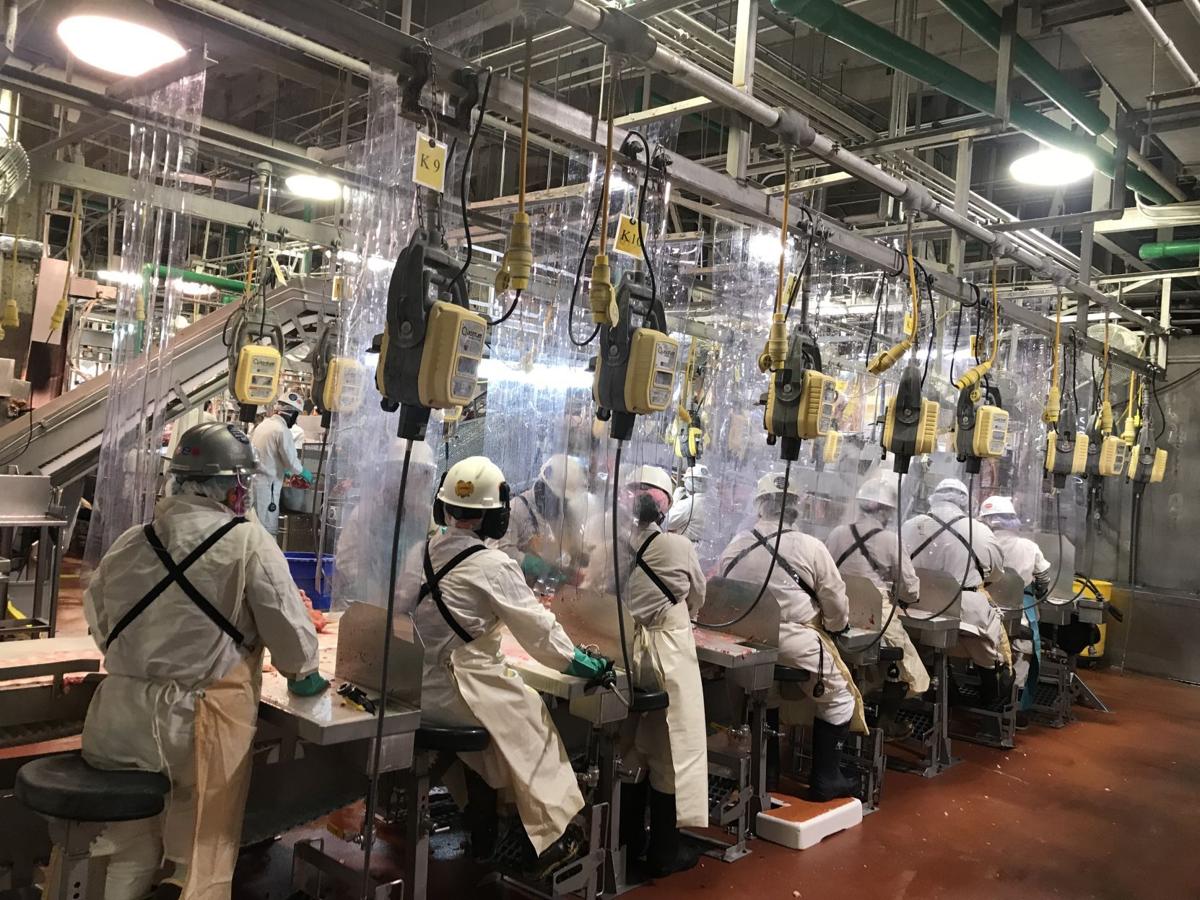
COVID-19 mitigation efforts at the Tyson Fresh Meats plant in Perry include plastic barriers between line workers. The plant closed briefly in April 2020 after an undisclosed number of employees tested positive for the virus.
The presence of a meatpacking plant more than doubled U.S. counties’ COVID-19 infection rates, according to a new study.
The beef, pork and poultry processors accounted for an estimated 334,000 COVID-19 cases, 18,000 deaths, and $11.2 billion in economic damage, the economists found in a modeling analysis.
The study by Tina Saitone of the University of California, Davis, Aleks Schaefer of Michigan State University and Daniel Scheitrum of the University of Arizona found that counties that included beef, pork, or poultry plants all saw higher COVID-19 rates than counties without meat processing. The study was published in Food Policy.
“The presence of a large beef packing facility increases per capita infection rates by 110%, relative to comparable counties without meatpacking plants. Large pork and chicken processing facilities increase transmission rates by 160% and 20%, respectively,” the authors wrote. Those increases apply to infection rates within 150 days of the first infection in the county.
Sarah Little, spokeswoman for the North American Meat Institute, panned the study. “Economists are not public health professionals and it is inappropriate for them to make epidemiological conclusions, especially based on the limited data considered for this study,” she said.
An Iowa economist said the study is a solid analysis that found a “huge” increase in infections related to the meat facilities.
“That’s a huge localized effect,” said Iowa State University economist David Swenson, who was not involved with the study. In addition to the illnesses and deaths, the local COVID-related damage includes $11.2 billion in lost wages and economic productivity, the study noted.
Outbreaks at packing plants became a big issue in Iowa as the pandemic unfolded. Gov. Kim Reynolds declined to close the plants, then President Trump ordered them to stay open.
As plants kept workers on the job, the controversy was elevated when news spread that managers at a Waterloo pork plant had bet on how many employees would get COVID-19, a story first reported by Iowa Capital Dispatch. The company fired seven managers.
Tyson faced legal actions over safety at the Waterloo plant, where more than 1,031 workers were sickened and six died.
Plants struggled to operate, even at reduced capacity, as workers stayed home to avoid getting sick. The packing facilities became one the state’s hot spots for the coronavirus, which as of Friday has sickened 384,591 and killed 5,843 in Iowa.
Iowa is the nation’s top producer of pork and a major producer of beef and poultry.
Swenson said the researchers’ statistical analysis ruled out other causes for the higher infection rates. Those spikes came because of a lack of protection at the plants, but also at the homes of the workers and sometimes in crowded vehicles on the way to work, Swenson said.
“They were able to isolate nicely that there was a unique and strong consequence of there being a meatpacking plant within the county,” Swenson said.
“The packing houses were like a nursing home or someplace else that merited extraordinary community responses,” Swenson said. “People say, ‘Well, we have packing houses, what are you going to do?’ Well, what you are going to do is you are going to say, ‘We have packing houses. We therefore need to exert extraordinary measures to safeguard the food supply, but more importantly, to safeguard people.”
Some Tyson workers in Waterloo got their first doses of the COVID-19 vaccine March 4, 2021, at a vaccination event with Matrix Medical Network, a clinical services company.
Some 525,000 people work in the U.S. meatpacking industry, according to the new study.
“Our estimates suggest that previous reports significantly understate the impact of meatpacking facilities on COVID-19 case rates,” the authors wrote. “Yet, our estimated infection rates are likely conservative for a number of reasons,” including that it doesn’t account for cases recorded in a county outside the one the plant is in.
A spokeswoman for Tyson referred questions to the North American Meat Institute, which provided the one-sentence response above. The Iowa Pork Producers Association didn’t immediately comment.
Iowa Capital Dispatch is part of States Newsroom, a network of news outlets supported by grants and a coalition of donors as a 501c(3) public charity. Iowa Capital Dispatch maintains editorial independence.
Waterloo Tyson workers get COVID-19 vaccine
Tyson COVID-19 Vaccine Photo 1
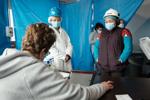
Tyson workers in Waterloo got the COVID-19 vaccine Thursday.
Tyson COVID-19 Vaccine Photo 2
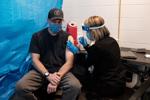
Tyson workers in Waterloo got the COVID-19 vaccine March 4.
Tyson COVID-19 Vaccine Photo 3
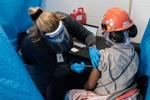
Tyson workers in Waterloo got the COVID-19 vaccine March 4.
Tyson COVID-19 Vaccine Photo 4
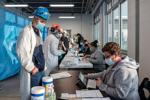
Tyson workers in Waterloo got the COVID-19 vaccine March 4, 2021.
Tyson COVID-19 Vaccine Photo 5

Tyson workers in Waterloo got the COVID-19 vaccine March 4, 2021.
April 14, 2021 at 01:16AM
https://ift.tt/3dZ3uPs
Study: U.S. pork, beef plants more than doubled local COVID-19 infection rates - Waterloo Cedar Falls Courier
https://ift.tt/2RsHZwT
Pork
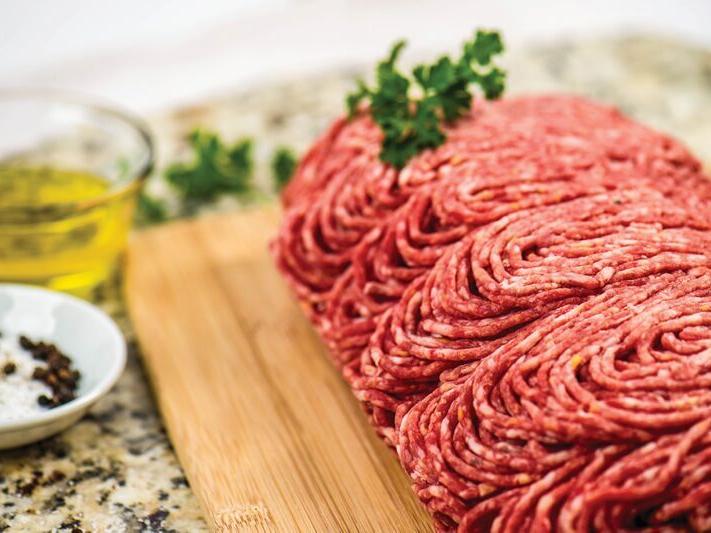
No comments:
Post a Comment